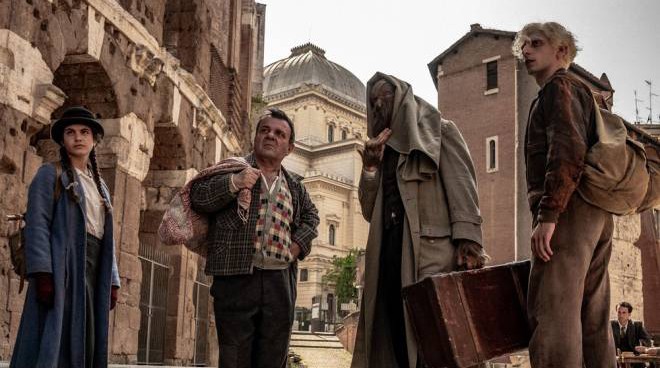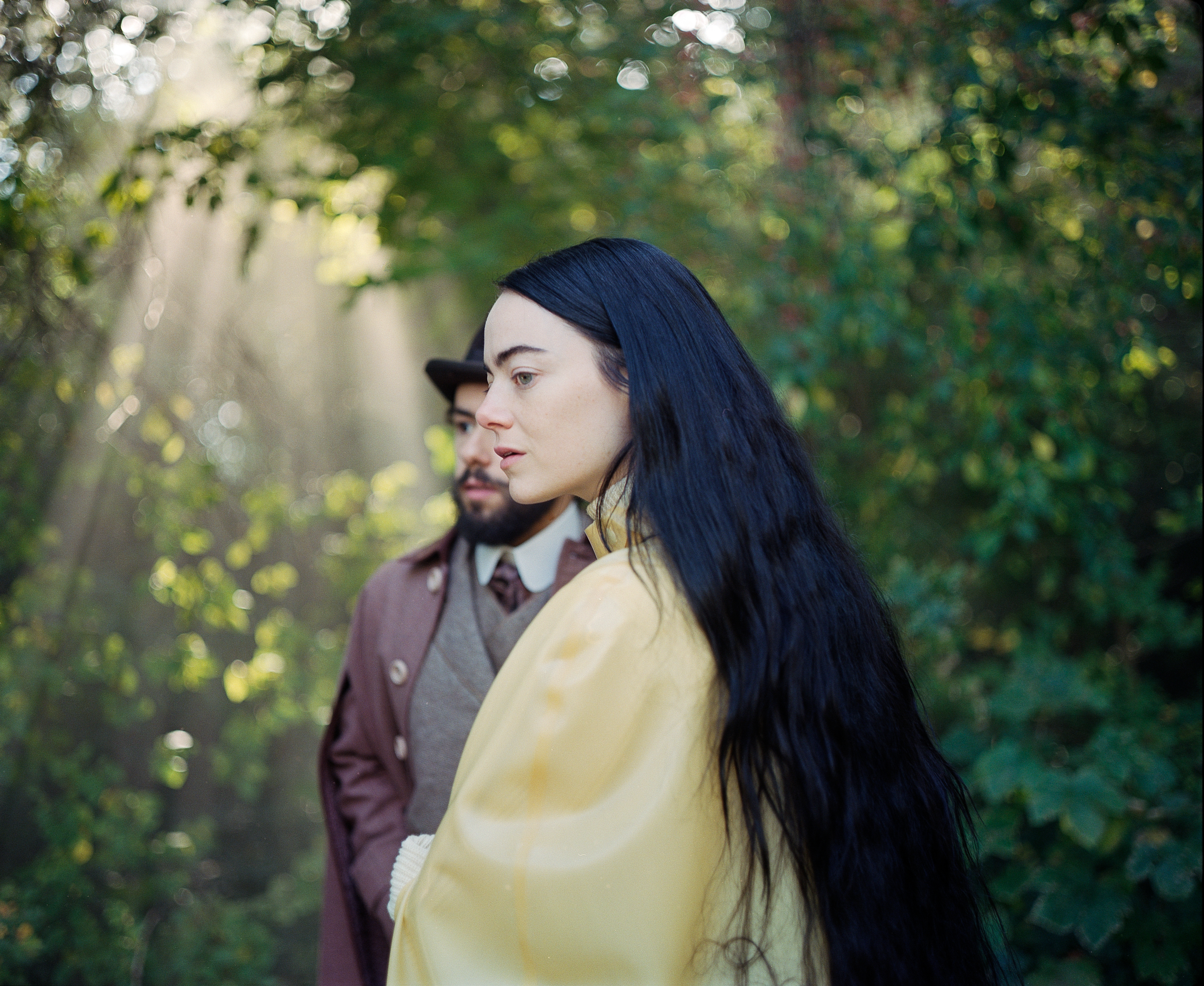Cry Macho
It is doubtless that Clint Eastwood has had so far, through more than half a century, a phenomenal career, both as an actor and as a director. When the two parallels meet, their encounter often leads to masterpieces. This was the case of Unforgiven or Gran Torino. Cry Macho had all the potential to join Eastwood’s pantheon of masterworks, but ultimately falls short of expectations.
 |
Thematically and conceptually, the film aims to reelaborate the classic tropes of masculinity (the “macho” male), often ascribed to his own cinematic persona. Eastwood’s very straightforward, yet hardly simplicistic style is well suited for such a narrative, not to mention how naturally it fits with his post 90s films, which more than often subverted the set of masculine traits that characterised Eastwood’s early characters: the “macho” characters like the Man with no name from the Dollars Trilogy, or Harry Calahan in Dirty Harry. Thus, Eastwood as an old, retired rodeo star that now deems “all this Macho thing […] overrated” is a role that works perfectly in theory.
The novel imagines a younger lead character than 91 years old Clint Eastwood, and the role, as depicted in the film, required a great deal of physicality, too much physicality for anyone even with half of his age. This has a negative effect on the result: sadly, the lead character feels out of place. Being a film that has been on hold for a decade, it is perfectly understandable that, when it was written and conceived, it took in consideration the capabilities that Clint had at the time. Similarly, casting anyone instead of Eastwood himself, who is so deeply connected to the themes of the film, would have simply felt wrong. Eastwood maintained his grit for sure, which is noticeable in several scenes, but his role could have used a reimagination that would take in consideration the age factor.
Throughout his career, Eastwood has progressively moved from his tougher persona toward a gentler, softer style. After unglorifying violence in Unforgiven, he has progressively given less space to violence and more to altruistic values. While this worked well in several of his recent works, it backfired for Cry Macho, a film that ends up becoming overly mushy in a simplicistic way. The underlying theme is only very superficially tackled, if not for one specific scene, thus leaving little else worth to tackle.
Cry Macho is far from being Eastwood’s worst. If little else defends it, it’s its beauty that stands out. Cinematographer Ben Davis’s work secured several stunning sequences that make great use of magic hour lighthing, and that make this film perhaps Eastwood’s best one, in terms of cinematography.
Ultimately, despite its flaws, Cry Macho is a film worth watching, even if with the awareness that it will most likely disappoint. If The Mule seemed to be potentially Eastwood’s last acting performance, Cry Machoproved that his swan song still has not been written.


Comments
Post a Comment